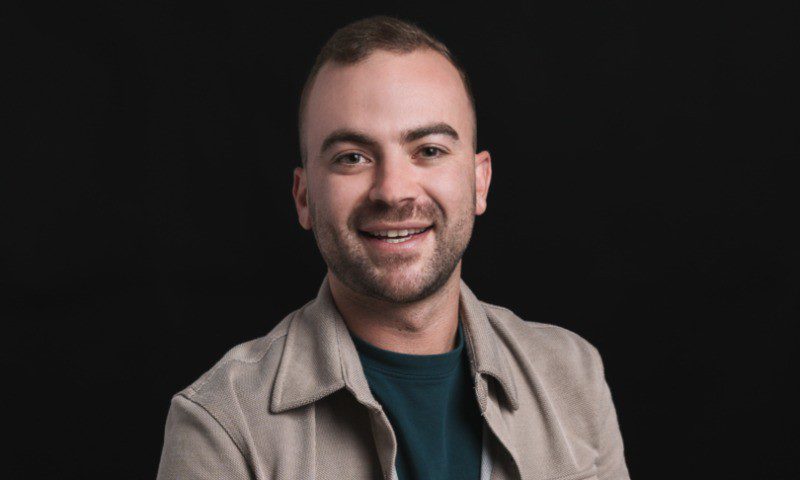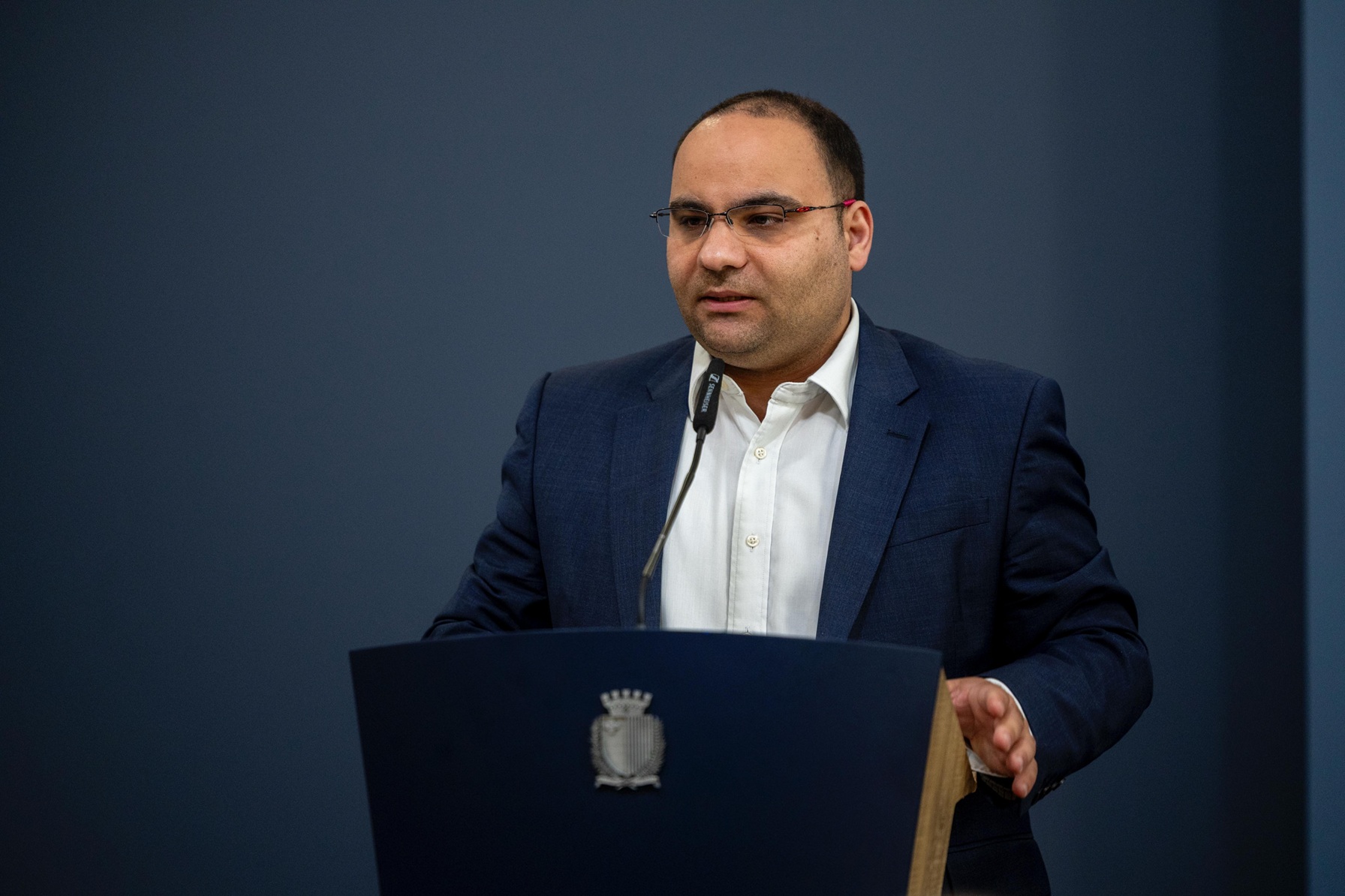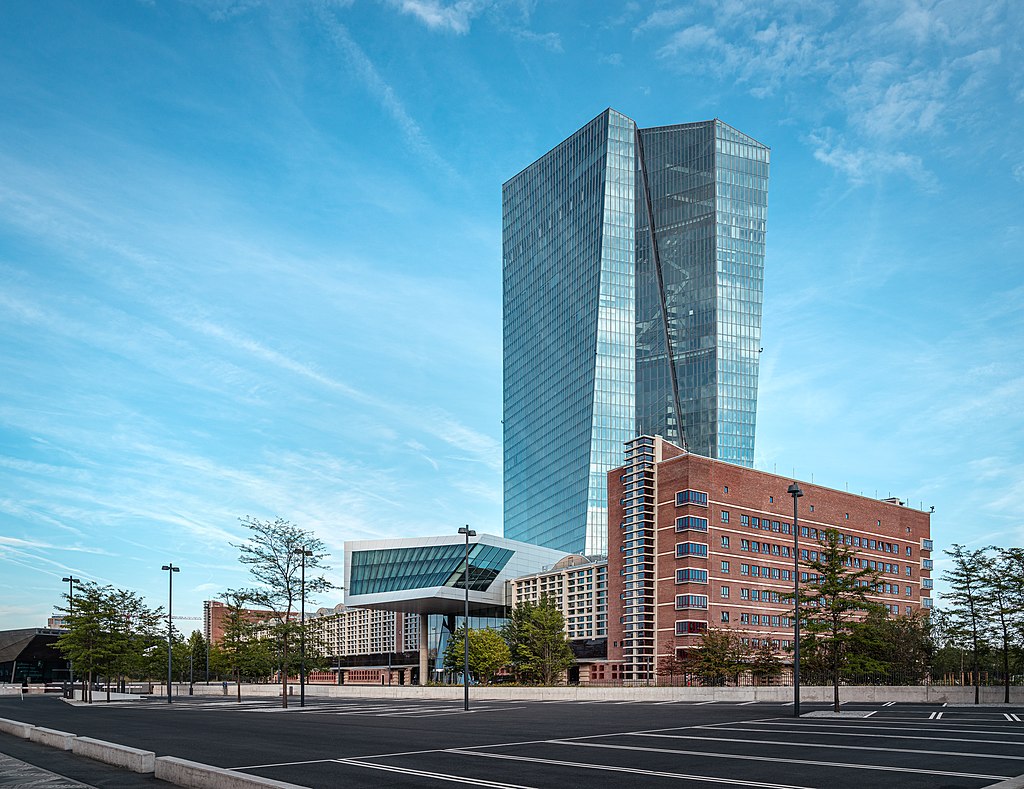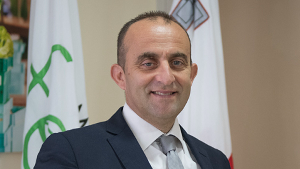The fashion industry is undergoing a digital revolution, with AI-generated imagery becoming an increasingly common sight, from virtual try-ons to entirely synthetic models. At the centre of this shift is Luca Arrigo, tech entrepreneur and CEO of BetterStudio, a company pioneering AI-powered fashion photography.
While his vision emphasises empowerment and accessibility, the rise of AI in fashion also raises pressing ethical questions – particularly around consent, intellectual property, and the future of human talent in the industry.
Earlier this year, H&M’s AI-generated model campaign sparked both admiration and backlash. Critics argued that such technology threatens real jobs, while supporters hailed it as a cost-effective innovation. But beneath the debate lies an uncomfortable irony: many AI models are trained on vast datasets of real human images—often scraped from the internet without explicit consent.
This lack of regulation leaves models, photographers, and agencies in a precarious position. If AI can replicate their likenesses or styles without permission or compensation, what protections exist for their work? The fashion industry, built on creativity and human expression, now faces an existential question: Who owns an image, a pose, or even a face in the age of AI?
Speaking to BusinessNow.mt, Luca Arrigo acknowledges these concerns but positions BetterStudio as part of the solution rather than the problem. His company’s tools aim to assist rather than replace, offering small designers affordable alternatives to expensive photoshoots while exploring ways to compensate human models when their data is used.
“We’re not here to erase real talent but to expand opportunities,” Mr Arrigo says. He envisions a future where models license their digital likenesses, much like musicians earn royalties – allowing them to monetise their presence across virtual campaigns globally.
Still, the legal framework for such a system remains murky. Without clear regulations, the risk of exploitation looms large. If AI companies continue training models on unlicensed images, the very people who built the fashion industry could find themselves sidelined by their own digital replicas.
The Road ahead: regulation or Wild West?
Mr Arrigo compares AI’s rise to the early days of Photoshop – a disruptive tool that eventually found its place as an enhancer, not a replacement, for human artistry. But he also stresses the need for ethical guardrails. “Models should control how their images are used,” he insists. “Transparency and collaboration are key.”
Yet, as it stands, the industry is at a crossroads. Will AI democratise fashion by lowering costs and increasing accessibility? Or will it concentrate power in the hands of tech companies, leaving models and creatives scrambling for compensation in an unregulated landscape?
The debate over AI in fashion is far from settled. While BetterStudio and similar companies push for ethical integration, the lack of legal protections leaves many vulnerable. The challenge now is to ensure that innovation doesn’t come at the expense of the very people who make fashion an art form.
As Mr Arrigo puts it: “Technology should amplify human creativity, not undermine it.” Whether the industry can strike that balance will determine not just the future of AI in fashion – but the future of fashion itself.
ECB holds interest rates steady as inflation nears 2% target
The three key interest rates remain unchanged
Tourist spending surges 21.3% in September as inbound arrivals exceed 393,000
Meanwhile total nights spent increased by 8.9% to reach 2.7 million
Malta Food Agency CEO: Agriculture has a future and demand for Maltese food will keep growing
Brian Vella speaks to this BusinessNow.mt about some recent developments in the agricultural sector






